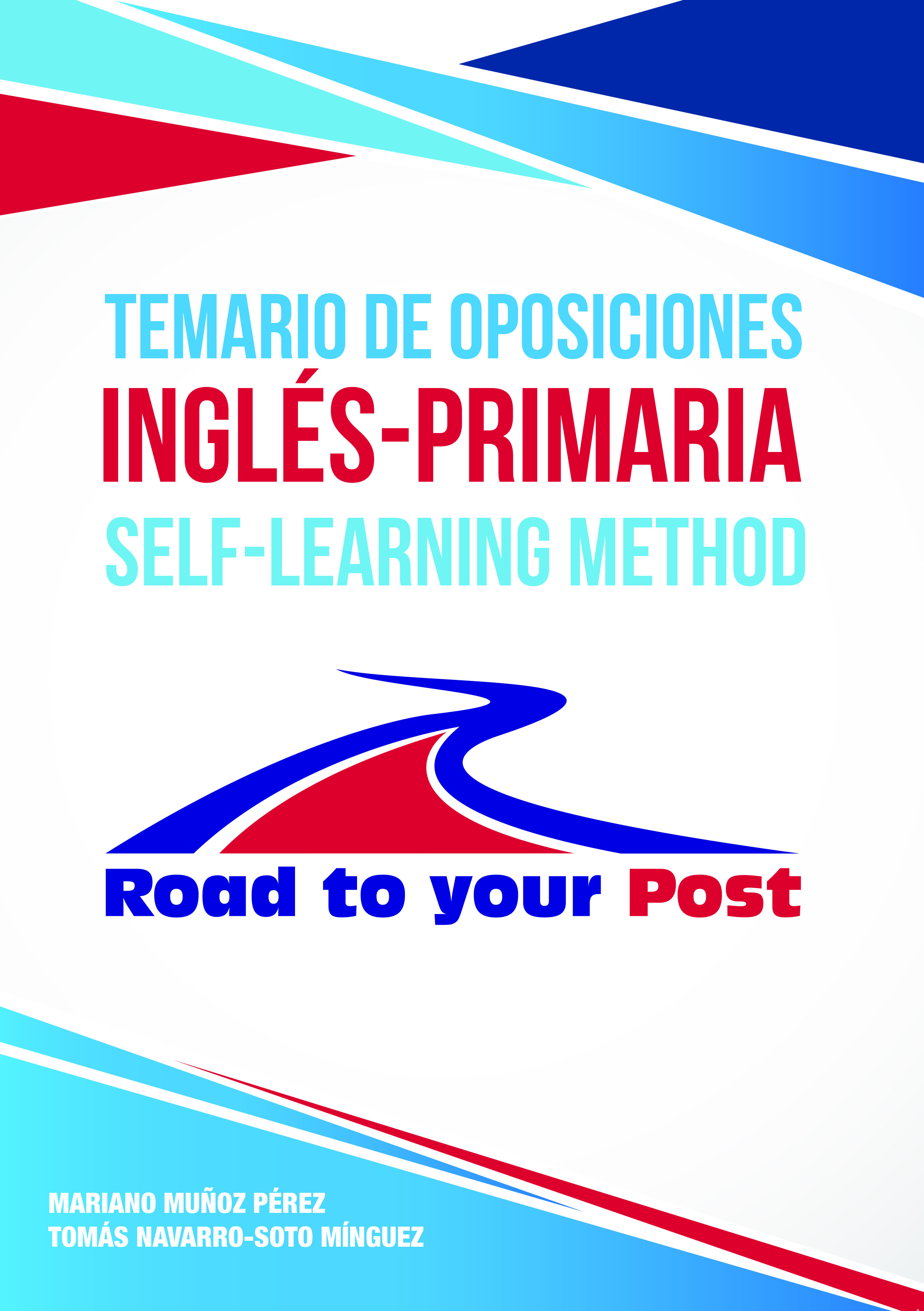Lily and the moon. Bedtime story for children.
Stories and tales in the FL classroom. Teaching English through stories.
By: -ELF Kids Videos-
Written by Mari Nakamura and Patricia Daly Oe (illustrated by Patricia Daly Oe).
Follow us: https://www.facebook.com/OposicionesInglesRP/
More about Road to your Post: oposicionesingles.com

«Before anything else, preparation is the key to success.» – Alexander Graham Bell
ECIOP (Essential Content In One Page). Don`t get stud in the sand. Material de oposiciones Inglés-Primaria Road to your Post, your way to success.
Text extracted from: Temario de oposiciones Inglés-Primaria. Self-learning method.

TOPIC 3.
Development of linguistic skills: listening, speaking, reading and writing. Communicative competence in English.
1. Introduction
Concept of communicative competence. Curriculum structure according to the four skills.
2. Development of linguistic skills
Communication involves ‘receptive’ skills (listening & reading) and ‘productive’ skills (speaking & writing).
Listening.
• Definition as an active process. Reasons.
• Learning to listen. (Importance of motivation, adaptation of materials, let them know “gist or specific information”).
• Task and activities for listening, stages: (pre, while, post activities and examples).
Speaking.
• Learning to speak in English. (Communicative purpose, reason for speaking; previous learning, formulaic language at early stages; imitation moving towards autonomous production).
• Task and activities for speaking.
• Pre-communicative and Communicative act. Define them and examples. Idea of moving from controlled to freer activities.
Reading.
• Definition. Learning to read in English. Stories for motivation. Authentic and non-authentic texts.
• Reading Comprehension. Intensive (scanning for specific inf.); Extensive (gist).
Writing.
• Definition. Principle: children should not be asked to write something that they cannot say in English. Importance of contextualised practice. Task and activities for writing: Controlled (word or sentence level), guided (models), free (i.e. writing an email).
3. Communicative competence
• Hymes. Define. Comm competence versus Linguistic competence.
• Canale and Swain (Comm competence= knowledge plus skill).
• Canale and Swain´s areas of knowledge and skill:
-Grammatical/linguistic competence (mastery of verbal and non-verbal skills).
-Sociolinguistic competence (contextual factors).
-Discourse competence (coherence and cohesion).
-Strategic competence (mechanisms to get, store, retrieve and use information).
-Socio-cultural competence (to know the culture of the FL).
Methodological implications:
• The learner must be given opportunities to practice.
• Classroom interaction is at the heart of the FLT process.
• Contextualisation and variety in activities.
• Prioritise meaning over grammatical form and accuracy.
• Roles of teacher (facilitator) and students (active participants).
The CEFRL. Definition and action-based approach.
4. Conclusion
• Language as a communication means.
• Relevance of an open and flexible communicative approach to meet the needs of learners and the requirements in the lawful framework.
• Relevance of the communicative approach in the current legal framework.




